Sthers
Extraits
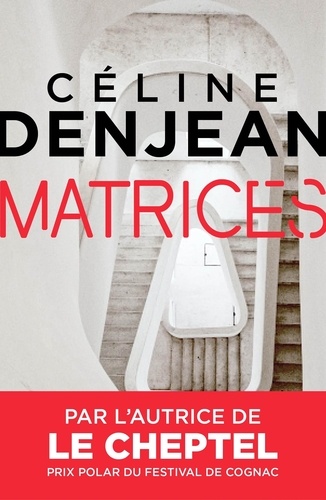
Policiers
Matrices
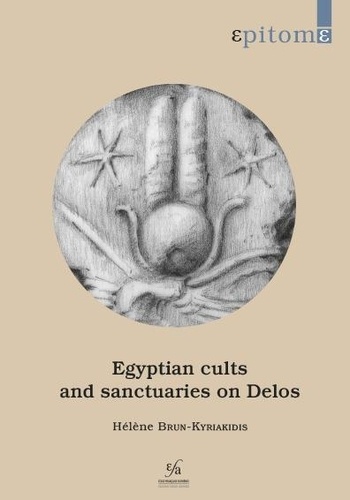
Antiquité - Généralités
Egyptian Cults and Sanctuaries on Delos
11/2021
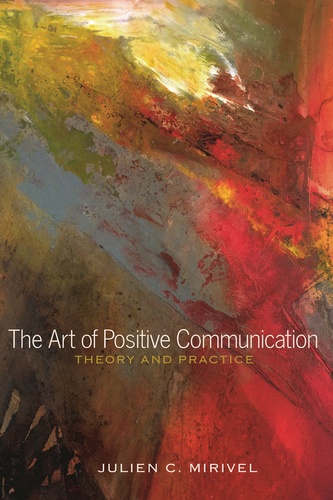
Sociologie
The Art of Positive Communication
09/2014
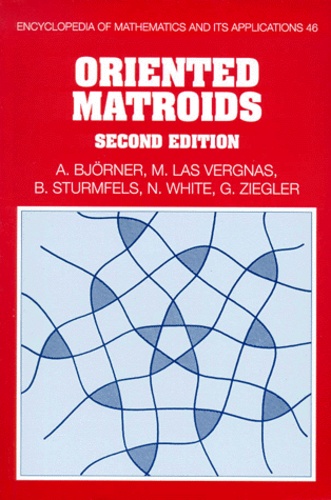
Mathématiques
ORIENTED MATROIDS. Second Edition
01/1999
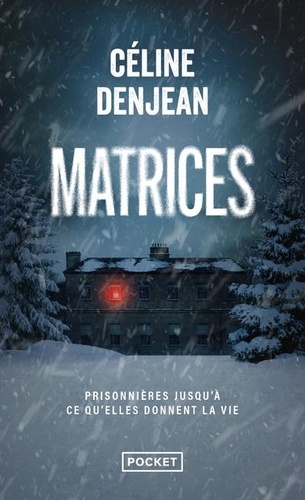
Romans policiers
Matrices
02/2023
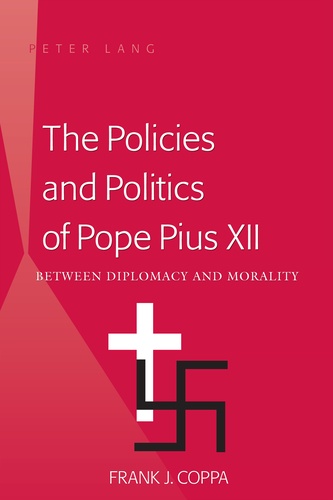
Religion
The Policies and Politics of Pope Pius XII
08/2011
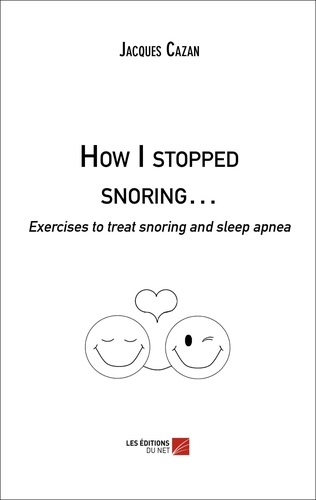
Généralités médicales
How I stopped snoring.. Exercises to treat snoring and sleep apnea
08/2016
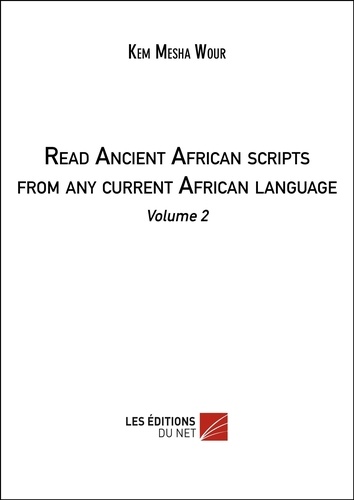
Non classé
Read Ancient African scripts from any current African language. Volume 2
05/2020
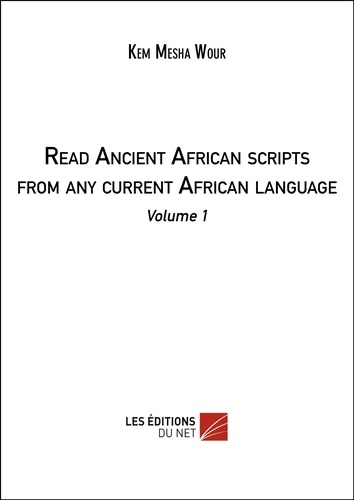
Non classé
Read Ancient African scripts from any current African language. Volume 1
05/2020
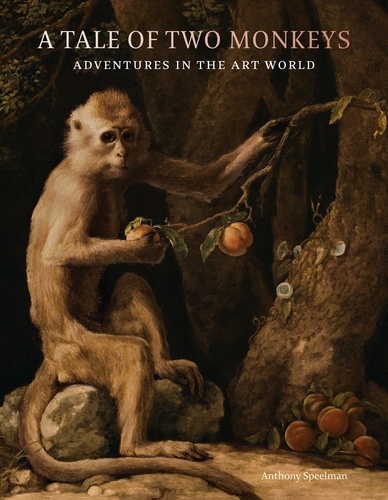
Monographies
A Tale of Two Monkeys. Adventures in the Art World
12/2022
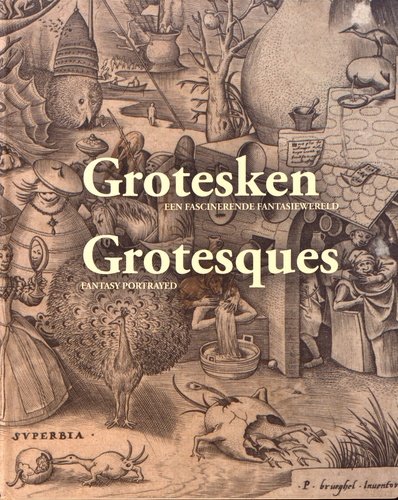
Beaux arts
Grotesques. Fantasy Portrayed, édition bilingue anglais-néerlandais
08/2019
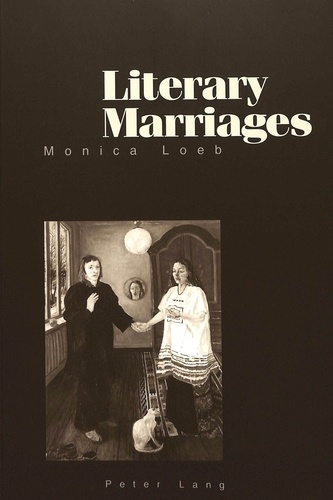
Non classé
Literary Marriages
12/2001

Beaux arts
MODIGLIANI. Edition en anglais
01/1984
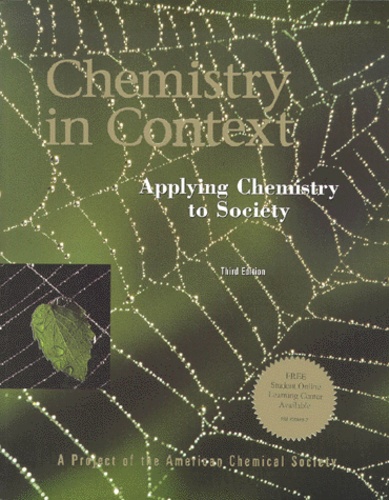
Physique, chimie
CHEMISTRY IN CONTEXT. Applying Chemistry to Society, Third Edition
01/2000
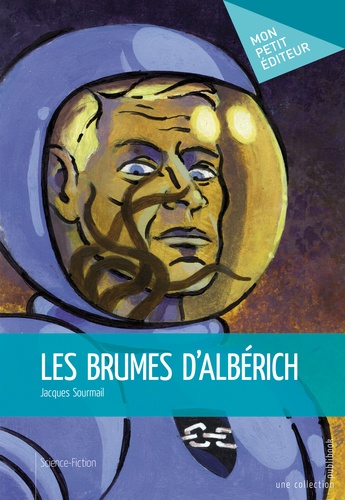
Littérature française
Les brumes d'Albérich
10/2015
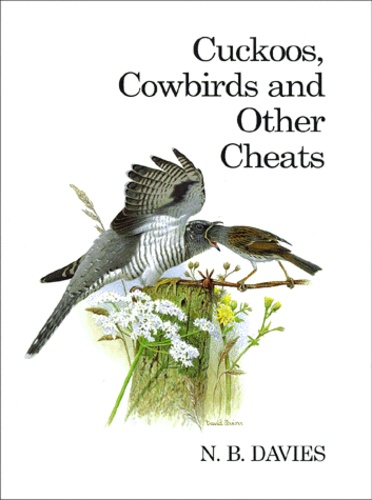
Sciences de la terre et de la
Cuckoos, Cowbirds and Other Cheats
04/2000

Poésie
Chansons du figuier bleu / Songs of blue fig tree
06/2016
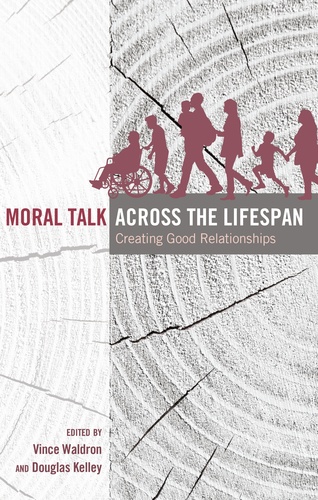
Sociologie
Moral Talk Across the Lifespan
06/2015
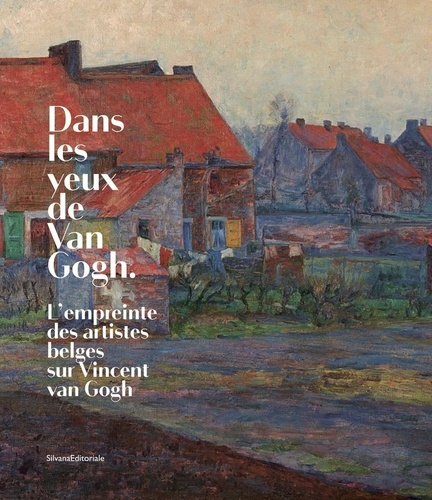
Ecrits sur l'art
Dans les yeux de Van Gogh. L'empreinte des artistes belges sur Vincent Van Gogh, Edition bilingue français-néerlandais
04/2021
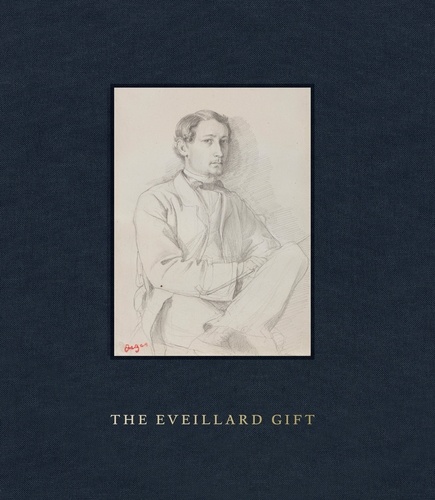
Monographies
The Eveillard Gift
10/2022
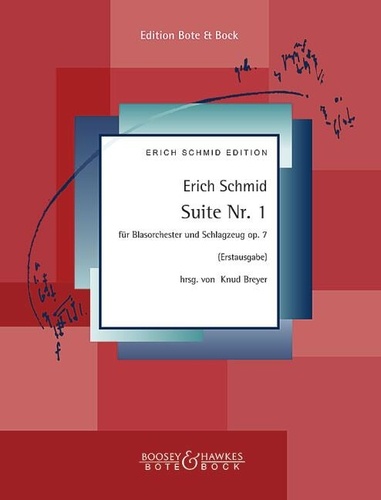
Instruments de musique
Suite Nr. 1. Für Blasorchester und Schlagzeug. Volume IX opus 7. wind band and percussion
04/2023
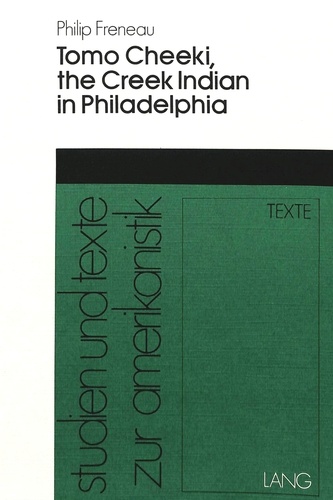
Non classé
Philip Freneau- Tomo Cheeki, the Creek Indian in Philadelphia
12/1987

Poésie
Ecueil de poèmes. Et autres récifs
11/2021
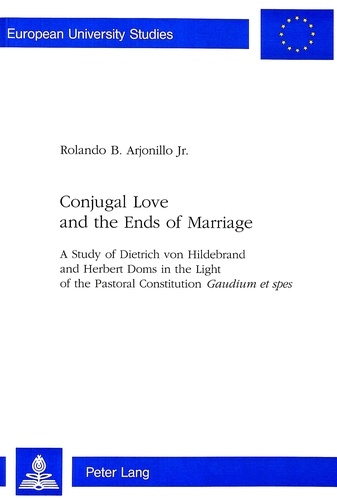
Religion
Conjugal Love and the Ends of Marriage
04/1998
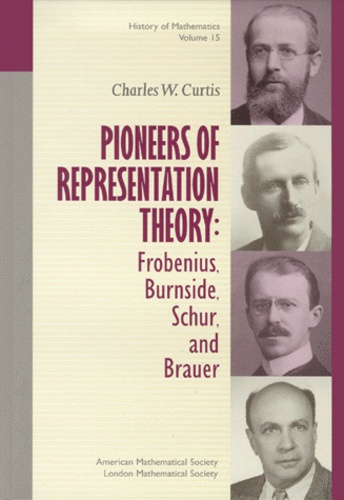
Histoire et Philosophiesophie
PIONEERS OF REPRESENTATION THEORY: FROBENIUS, BURNSIDE, SCHUR, AND BRAUER
01/1999
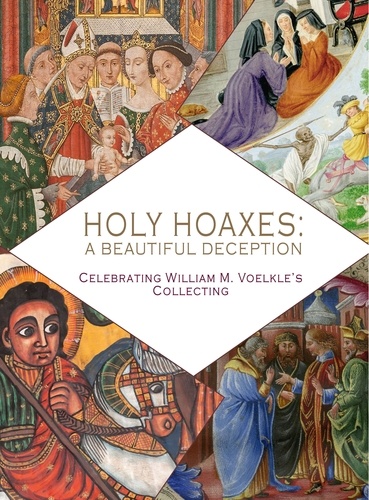
Vitraux, enluminures
Holy Hoaxes. A Beautiful Deception
04/2023
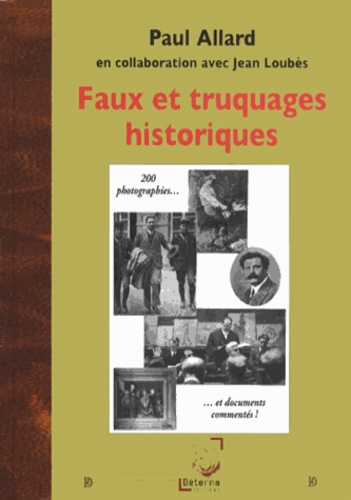
Sciences historiques
Faux et truquages historiques
06/2012
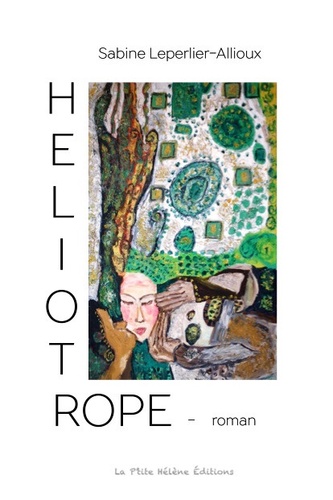
Littérature française
Heliotrope
05/2019
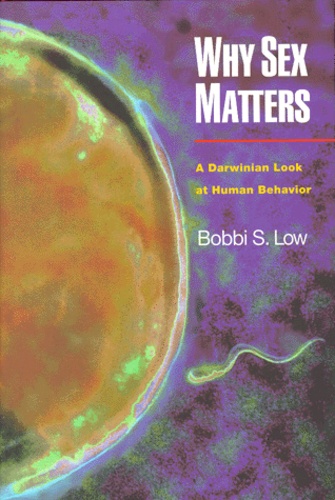
Histoire et Philosophiesophie
WHY SEX MATTERS. A Darwinian Look at Human Behavior
01/2000
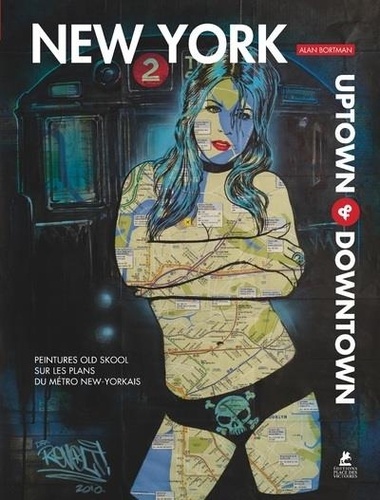
Art mural, graffitis, tags
New-York Street Art - Uptown Downtown
10/2023

